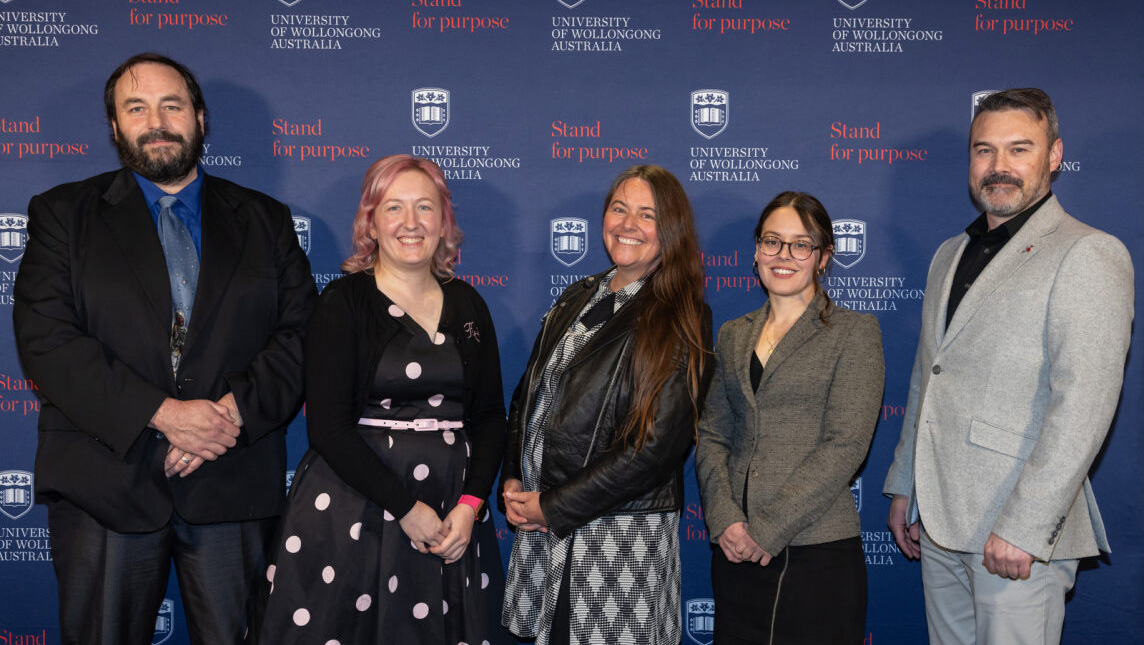
Building digital capability in the land down under
The University of Wollongong (UOW) is empowering its students on a self-guided journey to take their digital capabilities to the next level and make them stand out in the job market.
Answering student concerns around building their digital skills, the transformative Digital Skills Hub was born in 2022. It has quickly become a cornerstone of the student’s university experience, setting them up for the digital education and work environments of today.
Kristy Newton, digital literacies coordinator at UOW’s library, guides us through this transformative digital development and how Jisc’s digital capability service worked as an invaluable part of their Digital Skills Hub.
Choose your own adventure
Kristy says that they recognise:
“each student is going to come to a resource like the Digital Skills Hub with a differing need; whether a student is coming from high school, further education, or a professional background, they’ve got a whole spectrum of digital skills that they already possess and also development areas that they need to continue to work on.”
This is why the Digital Skills Hub can be accessed from any location, at any time of the day, provided you have an internet connection – to meet the different learning and lifestyles of each student. The team have also used Learning Tool Interoperability (LTI) integration in Moodle to embed the Digital Skills Hub in all subject Moodle sites for point of need access. Particularly for students with lower levels of digital capabilities, it is important to meet them where they are, and make the resources easy to find and use.
Once in the Hub, students quite literally choose their own adventure through various pathways. First appearing is the discovery tool:
“The discovery tool allows students to complete a self-assessment of their own digital capabilities, it has fulfilled a fundamental need we had, is a really great resource and one that we couldn't have built this Hub without.”
Kristy explains that after setting up the Jisc discovery tool, using the resource library was one of the next steps they took when subscribing to the digital capabilities service.
“We took advantage of the feature to create custom resources because this creates a consistent flow for our students.”
The tool has also allowed staff to get on board and take their digital capability up a level, as well as act as fantastic advocates for student use. Integral customisation and discovery features in the Hub really helps to:
“Give them an experience of what it looks like so that they can then encourage their students to use it.”
Where to next?
Leveraging the digital capability service, the Hub will first bring students up to a level where they feel comfortable and supported with digital skills. Once the foundations are built, the Hub will evolve into a more discipline specific and advanced digital skills platform.
“We try to keep it really fresh. One of the focus areas we put in there this year was some content around generative AI and ChatGPT. Obviously, that is such a huge area for everyone and we’re all trying to figure out how that works. The Hub has actually become one of the primary resources around generative AI at UOW.”
The team partner with their career’s unit and other academics in their education faculty to really embed the Hub into the fabric of UOW. Combining all of these elements no doubt drives more students into the Hub and helps them see all the kinds of skills on offer there.
So, what do the students think?
“We are always reaching out to students,” Kristy continues. A feedback widget embedded in the Hub shows a consistent rating of a whopping four or five out of five!
Surveys conducted throughout the year give the team insight into what student’s value and help them to realise the hub’s full potential. Earlier this year it was revealed that:
“[Students] hadn’t always realised that they weren’t as digitally skilled in particular areas than they thought they would have been. So they would see things like the headings that described something like digital media creation, which they thought they were fine with, but when they dug into the resources that were available through the Hub they realised that there was actually a lot more breadth and complexity to that skillset than they thought there might be.”
There’s also a community on Moodle for two-way conversations, adding yet another engagement touchpoint.
Interested in building digital capability in your institution?
Listen as Kristy shares her top three tips. Summarised below:
- Figure out who your stakeholders are and get them on board early
- Think about existing strategies in your institution and how you can weave digital capability in
- User centred design; involve users in the creation of your product throughout all design stages
Building digital capability across the world
The digital capability service is now being used right across the world. Kristy comments:
“It’s been fantastic. I’ve found the team really responsive on emails and I’ve also jumped on a couple of Zoom calls. Everyone has been really flexible and I’ve been really happy with the support experience.”
Find out more
- Take a look at UOW’s digital skills hub
- Read more about building digital capabilities and how we’re helping to equip your staff and students to thrive in a digital world
- Explore our dedicated digital capabilities website where you can find practical advice and guidance.